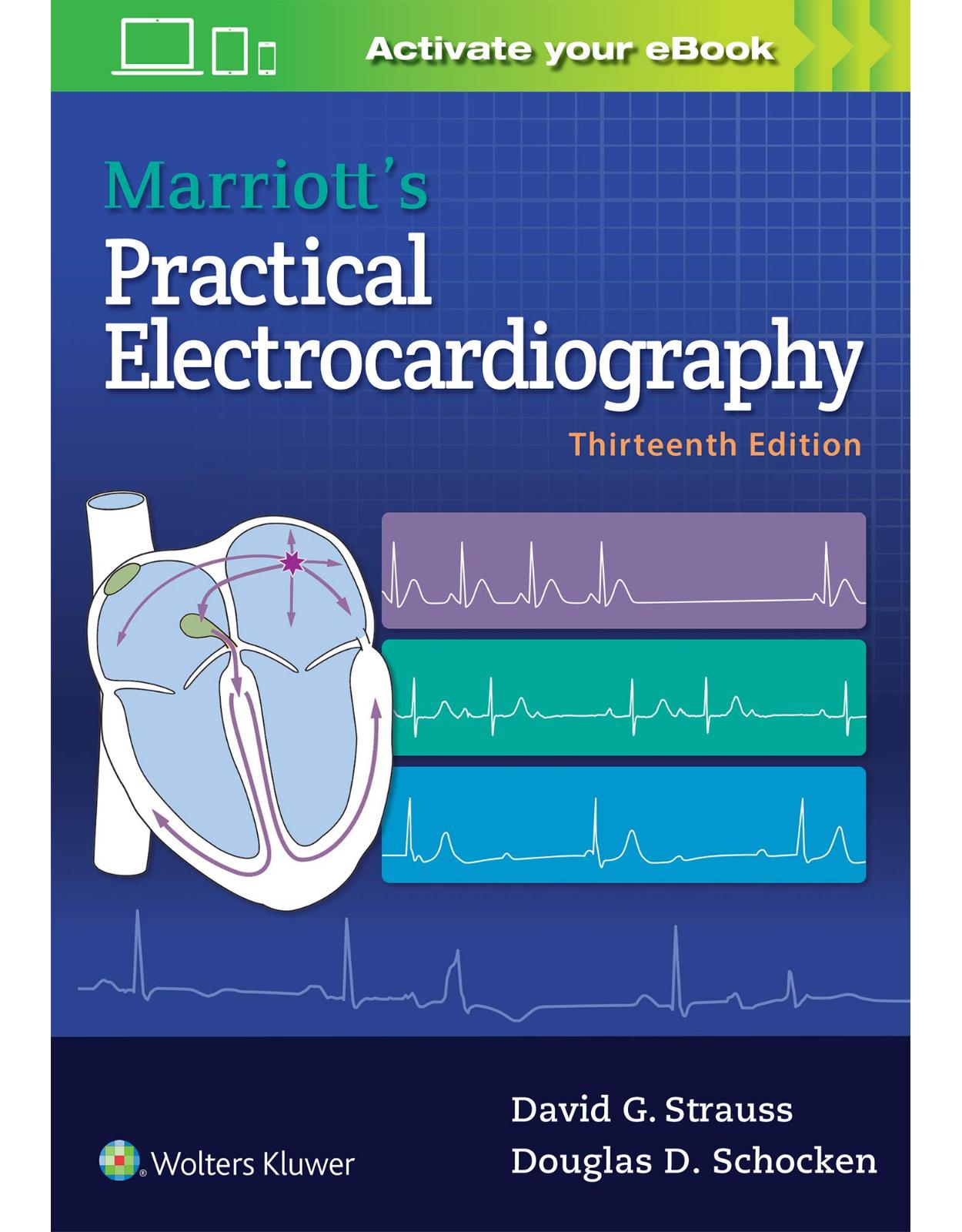
Marriott’s Practical Electrocardiography, Twelfth Edition
Livrare gratis la comenzi peste 500 RON. Pentru celelalte comenzi livrarea este 20 RON.
Disponibilitate: La comanda in aproximativ 4 saptamani
Autor: David G. Strauss
Editura: LWW
Limba: Engleza
Nr. pagini: 536
Coperta: Paperback
Dimensiuni: 15.27 x 1.78 x 22.86 cm
An aparitie: 7 Jan. 2021
Description:
Providing a solid foundation in current ECG technology as well as the newest diagnostic applications, Marriott’s Practical Electrocardiography, Thirteenth Edition, delivers the information you need to quickly improve your ECG interpretive skills. Authors Dr. David G. Strauss and Dr. Douglas D. Schocken offer medical students, residents and fellows a detailed explanation of the ECG, rhythm analysis, and how to rapidly and accurately interpret ECG results. Helpful diagrams, tables, animations, and videos, plus new ECG quizzes online, improve your understanding and skills
Table of Contents:
1. SECTION I: BASIC CONCEPTS
2. Chapter 1 CARDIAC ELECTRICAL ACTIVITY
3. The Book: Marriott’s Practical Electrocardiography, 13th Edition
4. What Can This Book Do for Me?
5. What Can I Expect From Myself When I Have “Completed” This Book?
6. The Electrocardiogram
7. What Is an Electrocardiogram?
8. What Does an Electrocardiogram Actually Measure?
9. What Medical Problems Can Be Diagnosed With an Electrocardiogram?
10. Anatomic Orientation of the Heart
11. The Cardiac Cycle
12. Cardiac Impulse Formation and Conduction
13. Recording Long-Axis (Base-Apex) Cardiac Electrical Activity
14. Recording Short-Axis (Left Versus Right) Cardiac Electrical Activity
15. Chapter 2 RECORDING THE ELECTROCARDIOGRAM
16. The Standard 12-Lead Electrocardiogram
17. Frontal Plane
18. Transverse Plane
19. Correct and Incorrect Electrode Placements
20. Alternative Displays of the 12 Standard Electrocardiogram Leads
21. Cabrera Sequence
22. Twenty-four–Lead Electrocardiogram
23. Monitoring
24. Alternative Electrode Placement
25. Clinical Indications
26. Other Practical Points for Recording the Electrocardiogram
27. Chapter 3 INTERPRETATION OF THE NORMAL ELECTROCARDIOGRAM
28. Electrocardiographic Features
29. Rate and Regularity
30. P-wave Morphology
31. General Contour
32. P-wave Duration
33. Positive and Negative Amplitudes
34. Axis in the Frontal and Transverse Planes
35. The PR Interval
36. Morphology of the QRS Complex
37. General Contour
38. QRS Complex Duration
39. Positive and Negative Amplitudes
40. Axis in the Frontal and Transverse Planes
41. Morphology of the ST Segment
42. T-wave Morphology
43. General Contour
44. T-wave Duration
45. Positive and Negative Amplitudes
46. Axis in the Frontal and Transverse Planes
47. U-wave Morphology
48. QT and QTc Intervals
49. Cardiac Rhythm
50. Cardiac Rate and Regularity
51. P-wave Axis
52. PR Interval
53. Morphology of the QRS Complex
54. ST Segment, T wave, U wave, and QTc Interval
55. A Final Word
56. eChapter I: INTERPRETATION OF THE ELECTROCARDIOGRAM IN 3D
57. SECTION II: CHAMBER ENLARGEMENT AND CONDUCTION ABNORMALITIES
58. Chapter 4 CHAMBER ENLARGEMENT
59. Atrial Enlargement
60. Electrocardiogram Pattern With Atrial Enlargement
61. General Contour
62. P-wave Duration
63. Positive and Negative Amplitudes
64. Axis in the Frontal and Transverse Planes
65. Ventricular Enlargement
66. Ventricular Enlargement due to Hemodynamic Overload
67. Ventricular Enlargement Primarily due to Structural Changes (Cardiomyopathy)
68. Electrocardiogram QRS Changes With Ventricular Enlargement
69. Left-Ventricular Dilation
70. Left-Ventricular Hypertrophy
71. Electrocardiogram Pattern With Left-Ventricular Hypertrophy
72. General Contour
73. QRS Complex Duration
74. Positive and Negative Amplitudes
75. Right-Ventricular Hypertrophy
76. Axis in the Frontal and Transverse Planes
77. Biventricular Hypertrophy
78. Scoring Systems for Assessing LVH and RVH
79. Chapter 5 INTRAVENTRICULAR CONDUCTION ABNORMALITIES
80. Normal Conduction
81. Bundle-Branch and Fascicular Blocks
82. Unifascicular Blocks
83. Right-Bundle-Branch Block
84. Left Fascicular Blocks
85. Left Anterior Fascicular Block
86. Left Posterior Fascicular Block
87. Bifascicular Blocks
88. Left-Bundle-Branch Block
89. Right-Bundle-Branch Block With Left Anterior Fascicular Block
90. Right-Bundle-Branch Block With Left Posterior Fascicular Block
91. Systematic Approach to the Analysis of Bundle-Branch and Fascicular Blocks
92. General Contour of the QRS Complex
93. QRS Complex Duration
94. QRS Axis in the Frontal and Transverse Planes
95. Clinical Perspective on Intraventricular-Conduction Disturbances
96. SECTION III: ISCHEMIA AND INFARCTION
97. Chapter 6 INTRODUCTION TO MYOCARDIAL ISCHEMIA AND INFARCTION
98. Introduction to Ischemia and Infarction
99. Proximity to the Intracavitary Blood Supply
100. Distance From the Major Coronary Arteries
101. Workload as Determined by the Pressure Required to Pump Blood
102. Electrocardiographic Changes
103. Electrophysiologic Changes During Ischemia
104. Progression of Transmural Ischemia to Infarction
105. Chapter 7 SUBENDOCARDIAL ISCHEMIA FROM INCREASED MYOCARDIAL DEMAND
106. Changes in the ST Segment
107. Normal Variants
108. Typical Subendocardial Ischemia
109. Atypical Subendocardial Ischemia
110. Normal Variant or Subendocardial Ischemia?
111. Abnormal Variants of Subendocardial Ischemia
112. Ischemia Monitoring
113. Chapter 8 TRANSMURAL MYOCARDIAL ISCHEMIA FROM INSUFFICIENT BLOOD SUPPLY
114. Changes in the ST Segment
115. Changes in the T Wave
116. Changes in the QRS Complex
117. TRANSMURAL MYOCARDIAL ISCHEMIA FROM INSUFFICIENT BLOOD SUPPLY: ONLINE SUPPLEMENT
118. Estimating Extent, Acuteness, and Severity of Ischemia
119. Extent
120. Acuteness
121. Severity
122. Chapter 9 MYOCARDIAL INFARCTION
123. Infarcting Phase
124. Transition From Ischemia to Infarction
125. Resolving ST-Segment Deviation: Toward the Infarct
126. T-wave Migration: Toward to Away From the Infarct
127. Evolving QRS Complex Away From the Infarct
128. Chronic Phase
129. QRS Complex for Diagnosing
130. QRS Complex for Localizing
131. MYOCARDIAL INFARCTION: ONLINE SUPPLEMENT
132. Estimating Infarct Size and Infarcts in the Presence of Conduction Abnormalities
133. QRS Complex for Estimating Size
134. Myocardial Infarction and Scar in the Presence of Conduction Abnormalities
135. SECTION IV: DRUGS, ELECTROLYTES, AND MISCELLANEOUS CONDITIONS
136. Chapter 10 ELECTROLYTES AND DRUGS
137. Cardiac Action Potential
138. Electrolyte Abnormalities
139. Potassium
140. Hypokalemia
141. Hyperkalemia
142. Calcium
143. Hypocalcemia
144. Hypercalcemia
145. Drug Effects
146. Antiarrhythmic Drugs
147. Class I Drugs
148. Class II Drugs
149. Class III Drugs
150. Class IV Drugs
151. Other Drugs
152. Chapter 11 MISCELLANEOUS CONDITIONS
153. Introduction
154. Cardiomyopathies
155. Infiltrative Cardiomyopathy
156. Amyloidosis
157. Pericardial Abnormalities
158. Acute Pericarditis
159. Pericardial Effusion and Chronic Constriction
160. Pulmonary Abnormalities
161. Acute Cor Pulmonale: Pulmonary Embolism
162. Pulmonary Emphysema
163. Intracranial Hemorrhage
164. Endocrine and Metabolic Abnormalities
165. Thyroid Abnormalities
166. Hypothyroidism
167. Hyperthyroidism
168. Hypothermia
169. Obesity
170. Chapter 12 CONGENITAL HEART DISEASE
171. Atrial Septal Defects
172. Ventricular Septal Defect
173. Patent Ductus Arteriosus
174. Pulmonary Stenosis
175. Aortic Stenosis
176. Coarctation of the Aorta
177. Tetralogy of Fallot
178. Ebstein Anomaly
179. Congenitally Corrected Transposition of the Great Arteries
180. Complete Transposition of the Great Arteries
181. Fontan Circulation
182. SECTION V: ABNORMAL RHYTHMS
183. Chapter 13 INTRODUCTION TO ARRHYTHMIAS
184. Introduction to Arrhythmia Diagnosis
185. Problems of Automaticity
186. Problems of Impulse Conduction: Block
187. Problems of Impulse Conduction: Reentry
188. Approach to Arrhythmia Diagnosis
189. Bradyarrhythmias
190. Tachyarrhythmias
191. Ladder Diagrams
192. Summary
193. Clinical Methods for Detecting Arrhythmias
194. Ambulatory Electrocardiogram Monitoring
195. Continuous Monitors (Holter Monitors)
196. Intermittent Patient- or Event-Activated Recorders
197. Real-time Continuous Event Recorders (Mobile Telemetry)
198. Implantable Loop Recorders
199. Mobile Technology
200. Invasive Methods of Recording the Electrocardiogram
201. Chapter 14 PREMATURE BEATS
202. Premature Beat Terminology
203. Differential Diagnosis of Wide Premature Beats
204. Mechanisms of Production of Premature Beats
205. Atrial Premature Beats
206. Junctional Premature Beats
207. Ventricular Premature Beats
208. The Ventricular Premature Beat Is Interpolated Between Consecutive Sinus Beats
209. The Ventricular Premature Beat Resets the Sinus Rhythm
210. Right-Ventricular Versus Left-Ventricular Premature Beats
211. Multiform Ventricular Premature Beats
212. Groups of Ventricular Premature Beats
213. Vulnerable Period and R-on-T Phenomenon
214. Prognostic Implications of Ventricular Premature Beats
215. Chapter 15 SUPRAVENTRICULAR TACHYARRHYTHMIAS
216. Introduction
217. Differential Diagnosis of Supraventricular Tachycardia
218. Sinus Tachycardia
219. Atrial Tachycardia
220. Junctional Tachycardia
221. Atrioventricular Nodal Reentrant Tachycardia
222. Accessory Pathway–Mediated Tachycardia
223. Chapter 16 ATRIAL FIBRILLATION AND FLUTTER
224. Pathophysiology of Atrial Fibrillation and Atrial Flutter
225. Twelve-Lead Electrocardiographic Characteristics of Atrial Fibrillation
226. Atrial Flutter
227. Typical Atrial Flutter
228. Atypical Atrial Flutter
229. Twelve-Lead Electrocardiographic Characteristics of Atypical Atrial Flutter
230. Clinical Considerations of Atrial Fibrillation and Atrial Flutter
231. Treatment Goals
232. Chapter 17 VENTRICULAR ARRHYTHMIAS
233. Definitions of Ventricular Arrhythmias
234. Etiologies and Mechanisms
235. Diagnosis
236. Step 1: Regular or Irregular
237. Step 2: Understanding Clinical Substrate
238. Step 3: Identify P waves and Relationship to Ventricular Rhythm
239. Step 4: RS Morphology
240. Step 5: QRS Morphology
241. Chapter 18 BRADYARRHYTHMIAS
242. Mechanisms of Bradyarrhythmias: Decreased Automaticity
243. Physiologic Slowing of the Sinus Rate
244. Physiologic or Pathologic Enhancement of Parasympathetic Activity
245. Pathologic Pacemaker Failure
246. Atrioventricular Conduction Disease
247. Severity of Atrioventricular Block
248. First-Degree Atrioventricular Block
249. Second-Degree Atrioventricular Block
250. Third-Degree Atrioventricular Block
251. Location of Atrioventricular Block
252. Atrioventricular Nodal Block
253. Infranodal (Purkinje) Block
254. Chapter 19 VENTRICULAR PREEXCITATION
255. Clinical Perspective
256. Pathophysiology
257. Electrocardiographic Diagnosis of Ventricular Preexcitation
258. Ventricular Preexcitation as a “Great Mimic” of Other Cardiac Problems
259. Electrocardiographic Localization of the Pathway of Ventricular Preexcitation
260. Ablation of Accessory Pathways
261. Chapter 20 INHERITED ARRHYTHMIA DISORDERS
262. The Long QT Syndrome (LQTS)
263. LQTS Electrocardiographic Characteristics
264. QT Interval
265. T-wave Morphology
266. Electrocardiogram as Used in Diagnosis for LQTS
267. The Short QT Syndrome (SQTS)
268. SQTS Electrocardiographic Characteristics
269. QT Interval
270. T-wave Morphology
271. Electrocardiogram as Used in Diagnosis for SQTS
272. The Brugada Syndrome
273. Arrhythmogenic Right-Ventricular Cardiomyopathy/Dysplasia
274. J-wave Syndrome
275. Catecholaminergic Polymorphic Ventricular Tachycardia
276. Chapter 21 IMPLANTABLE CARDIAC PACEMAKERS
277. Basic Concepts of the Implantable Cardiac Pacemaker
278. Pacemaker Modes and Dual-Chamber Pacing
279. Pacemaker Evaluation
280. Myocardial Location of the Pacing Electrodes
281. Special Algorithms to Avoid Right-Ventricular Pacing
282. Cardiac Resynchronization Therapy
283. Physiologic Ventricular Pacing—His-Bundle Pacing
284. Index
| An aparitie | 7 Jan. 2021 |
| Autor | David G. Strauss |
| Dimensiuni | 15.27 x 1.78 x 22.86 cm |
| Editura | LWW |
| Format | Paperback |
| ISBN | 9781496397454 |
| Limba | Engleza |
| Nr pag | 536 |
-
1,46800 lei 1,37400 lei

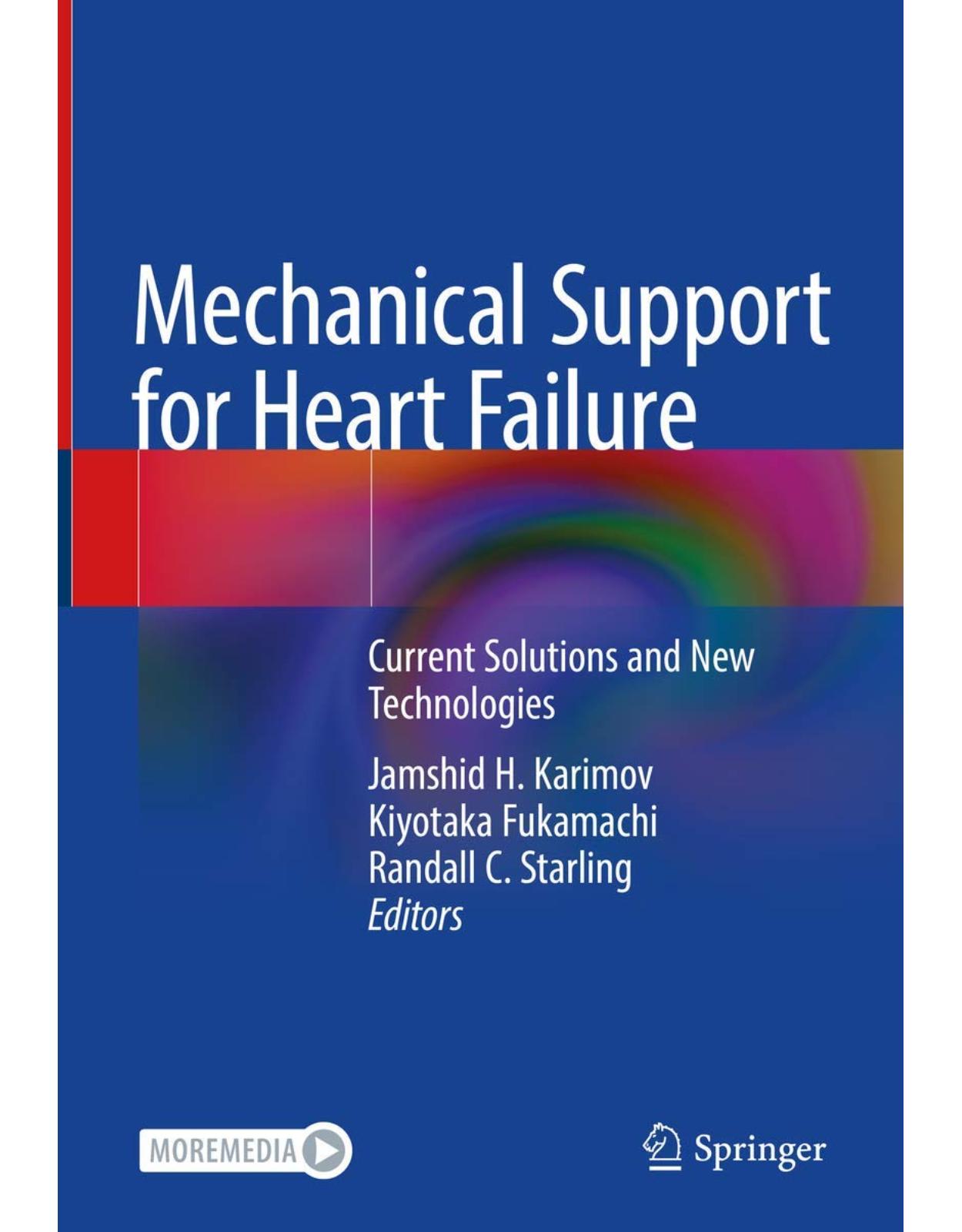
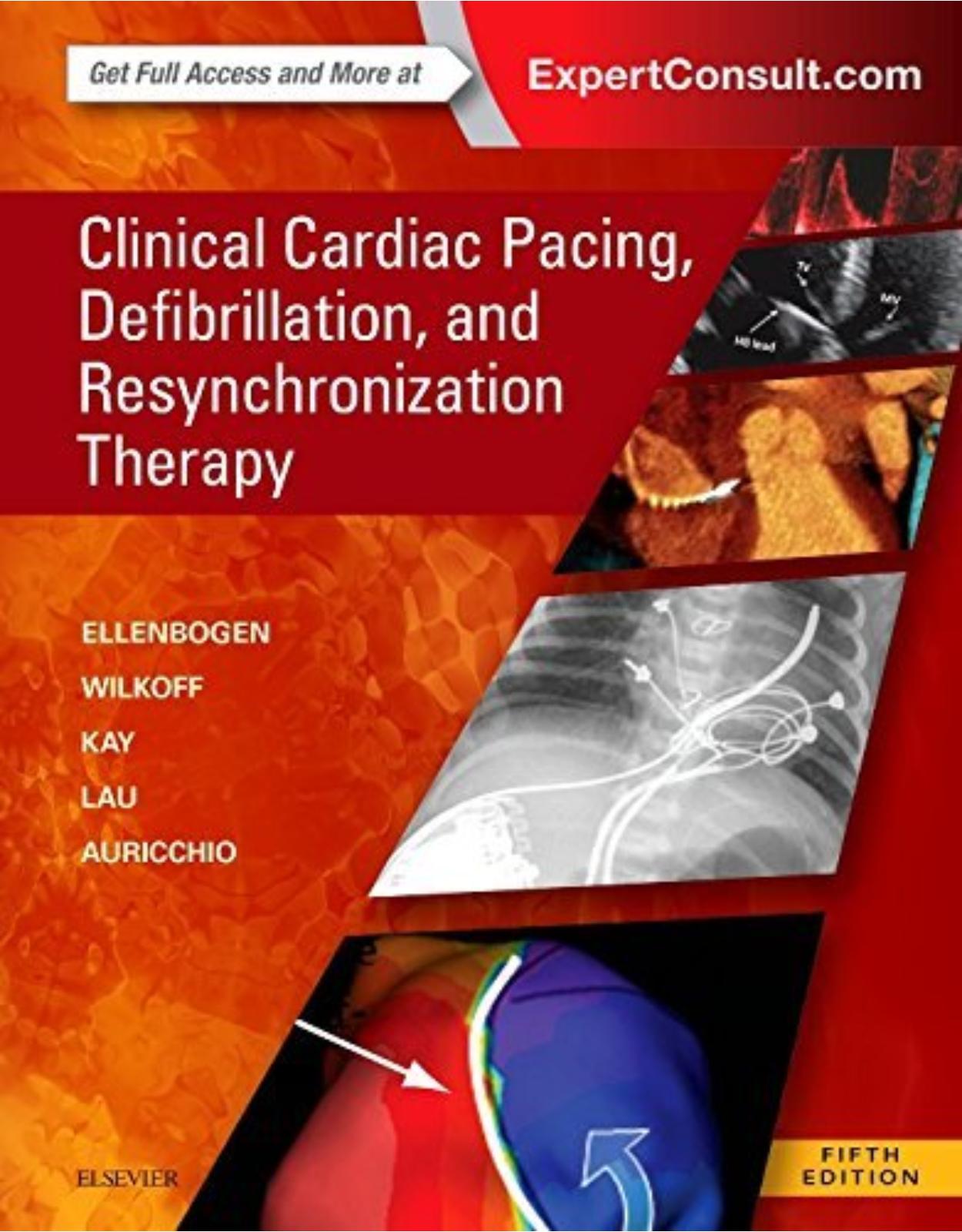
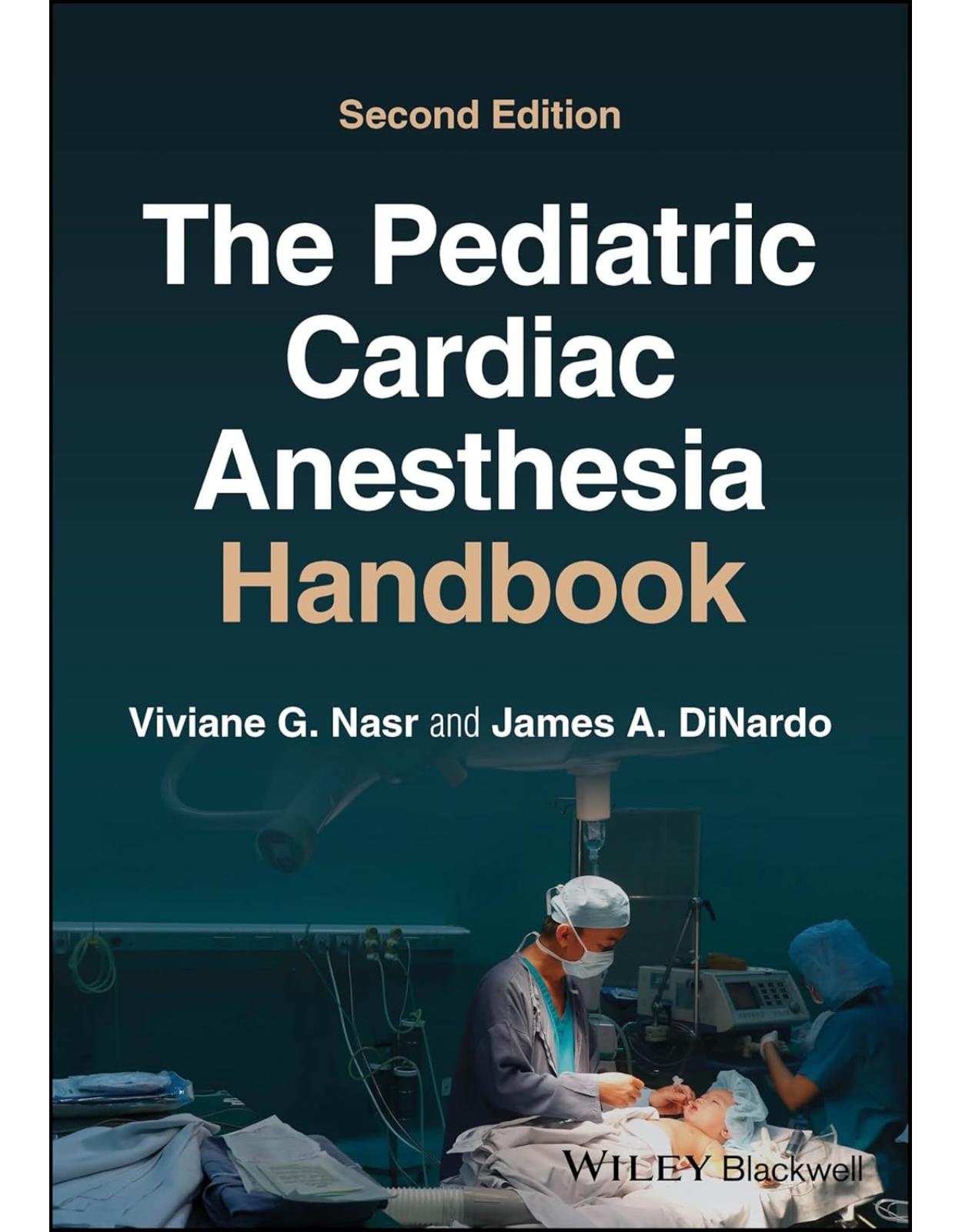
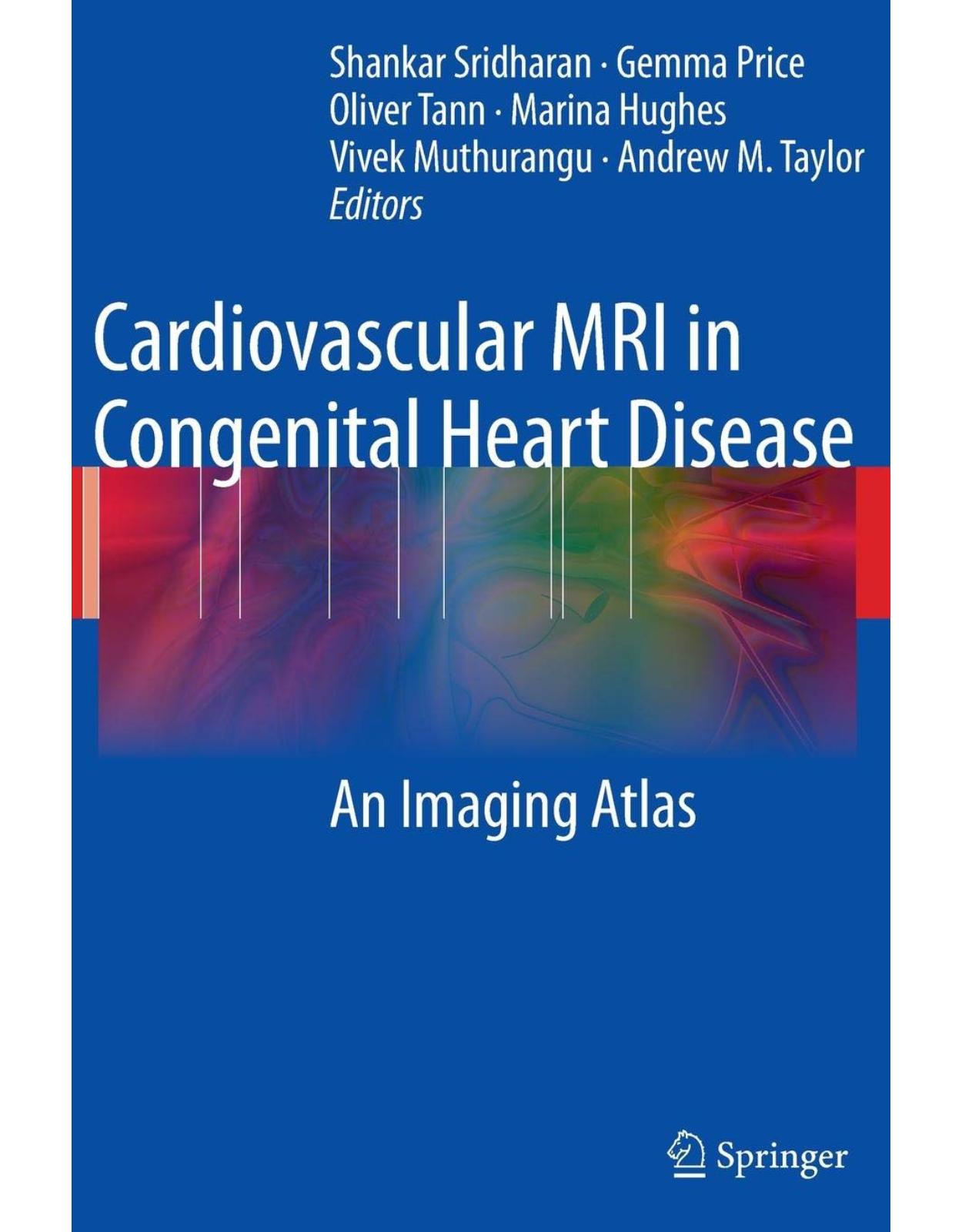
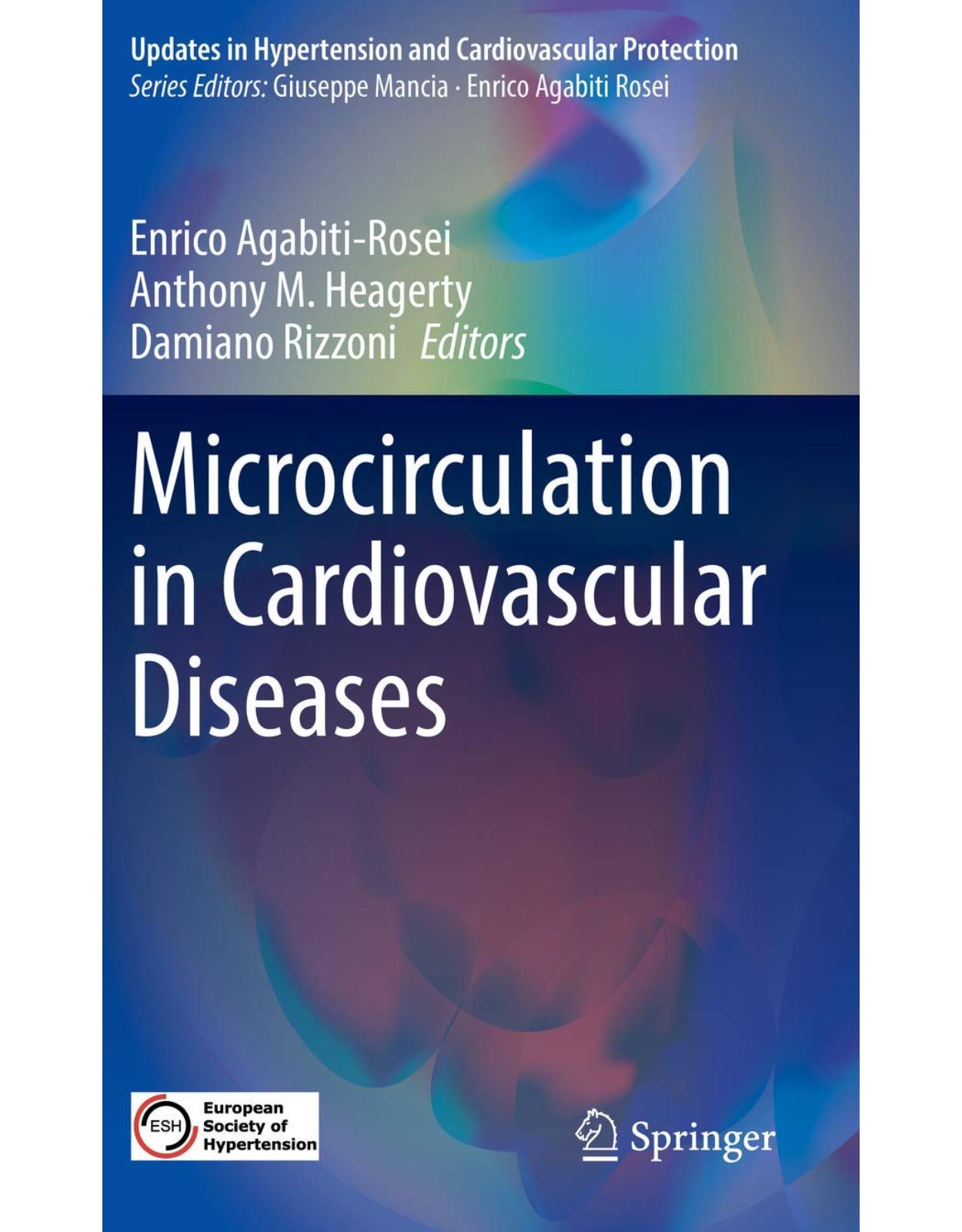
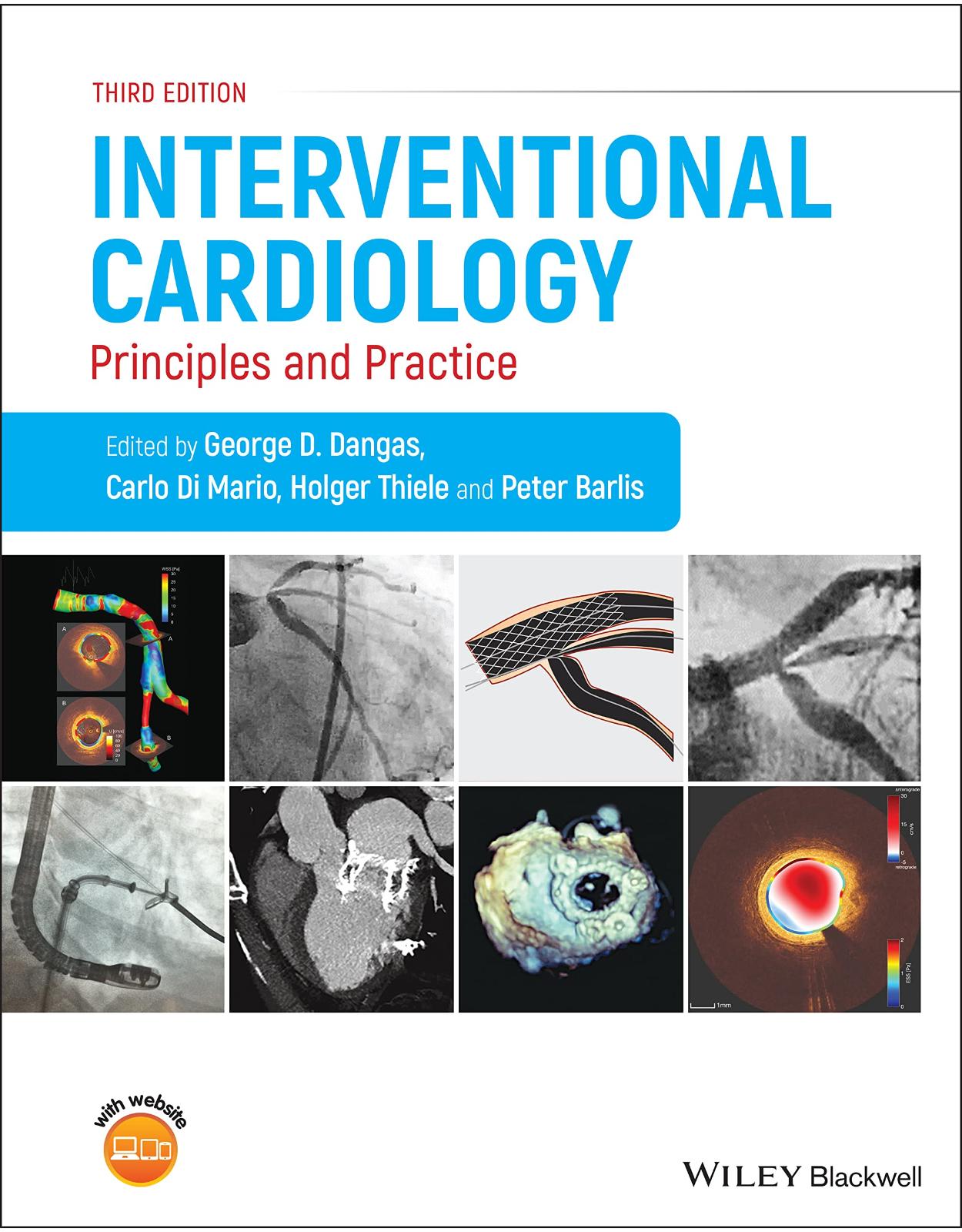
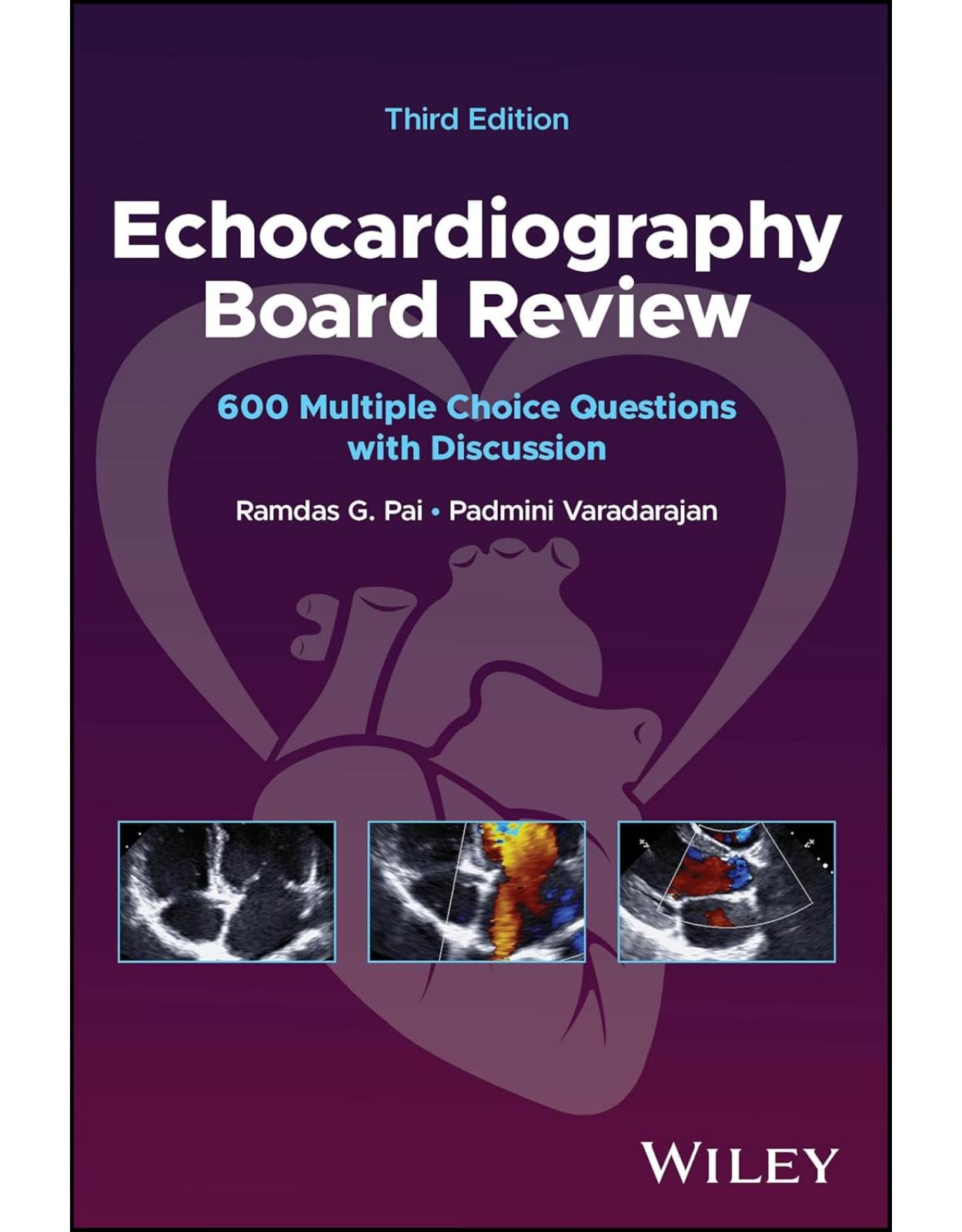
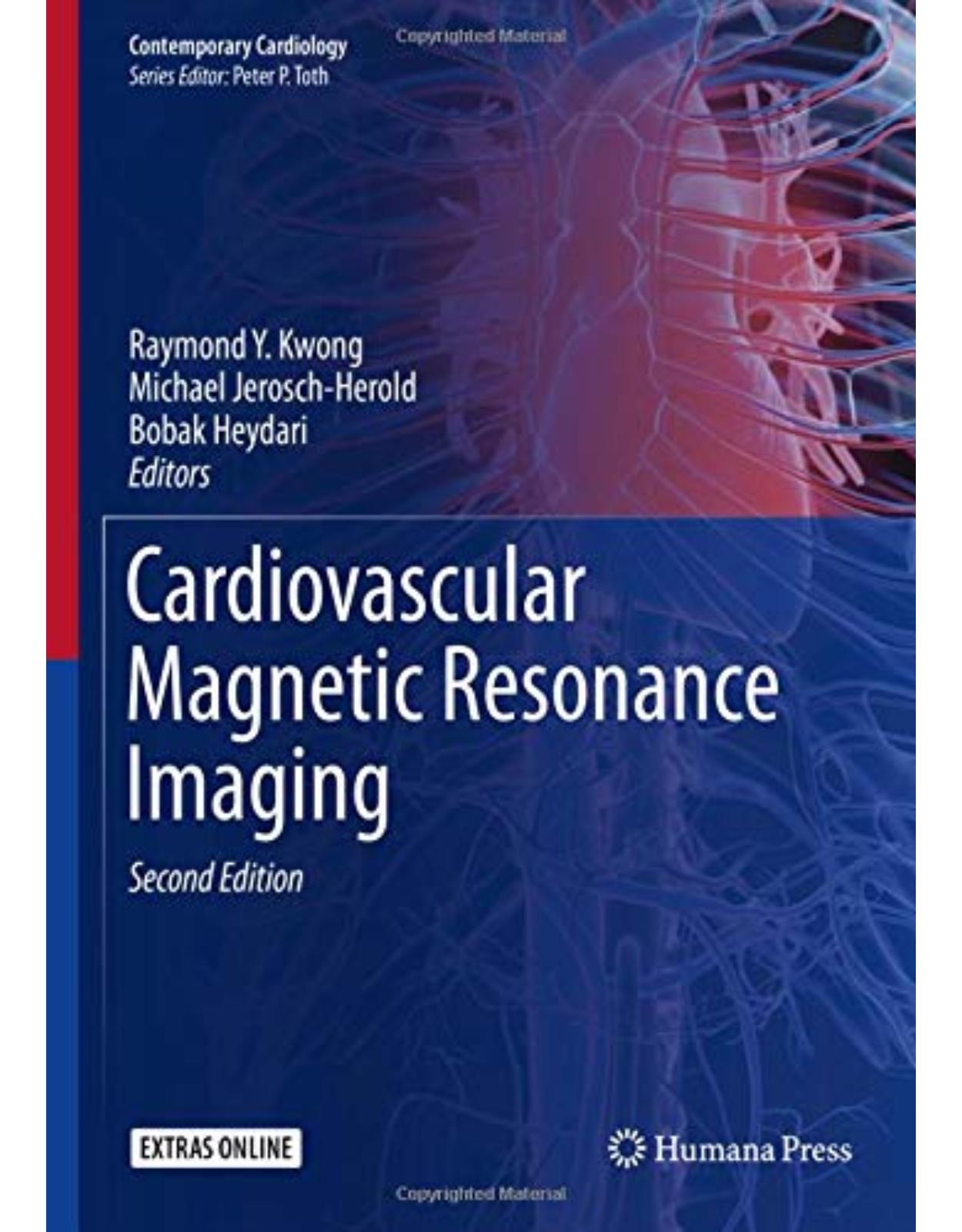
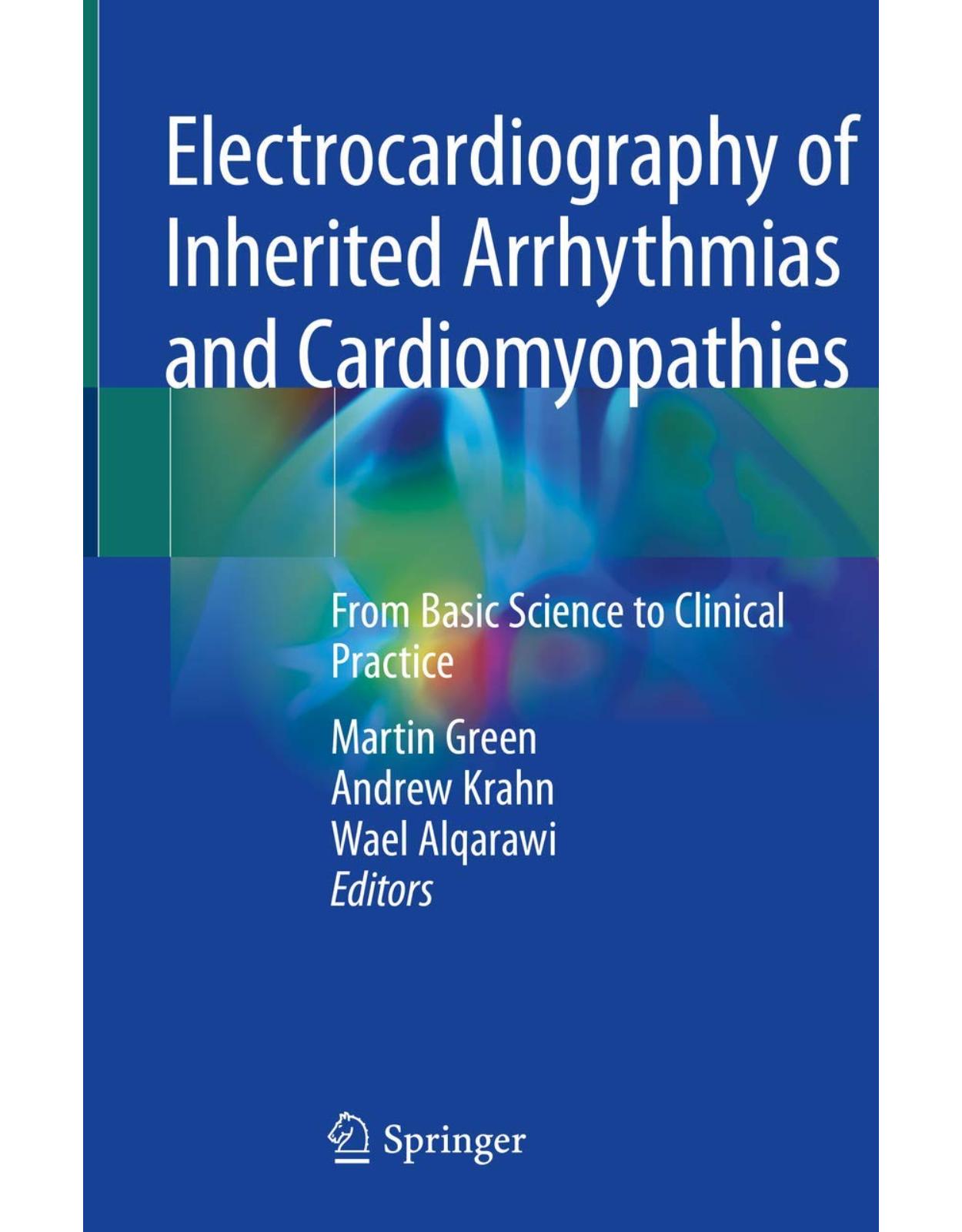
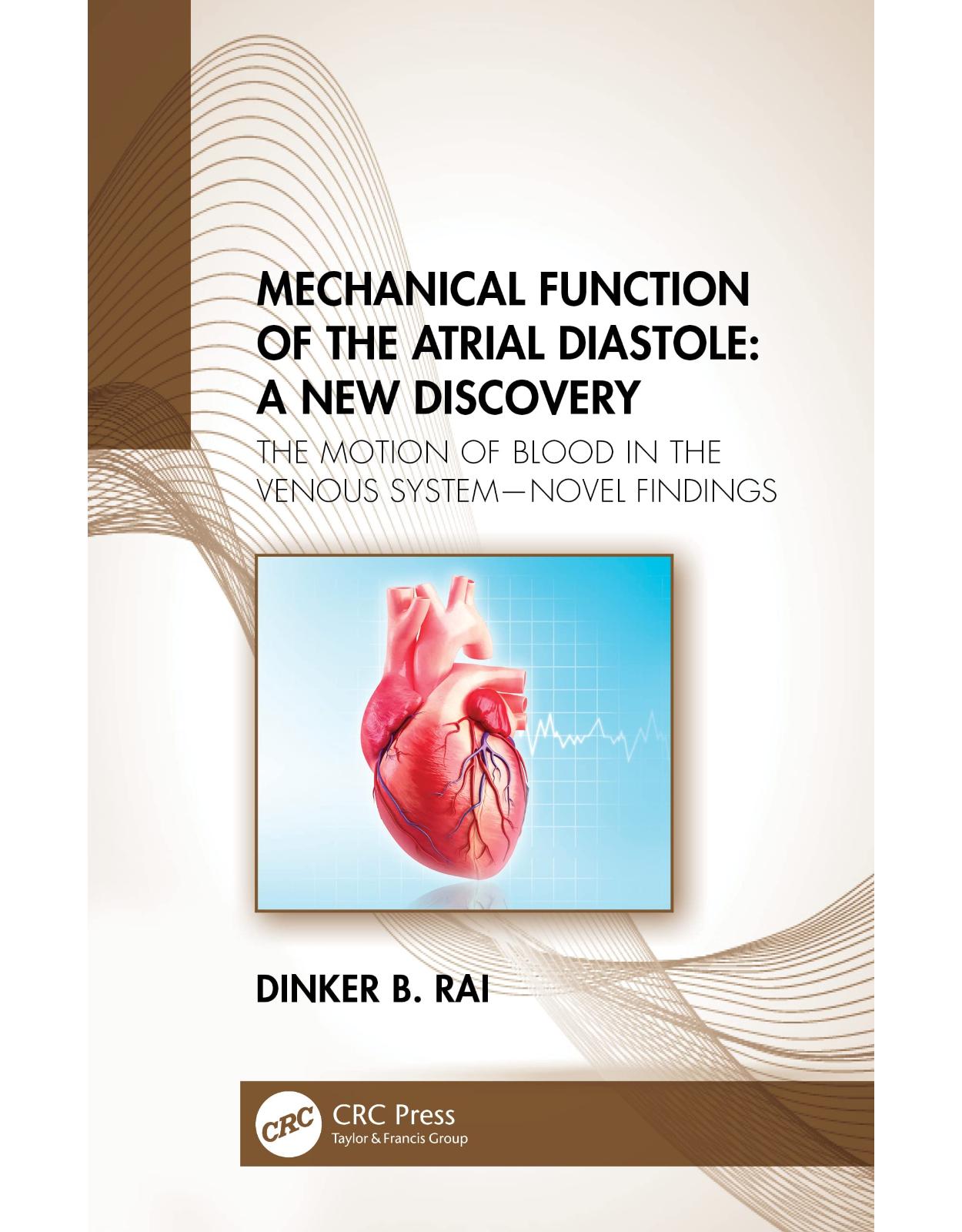
Clientii ebookshop.ro nu au adaugat inca opinii pentru acest produs. Fii primul care adauga o parere, folosind formularul de mai jos.